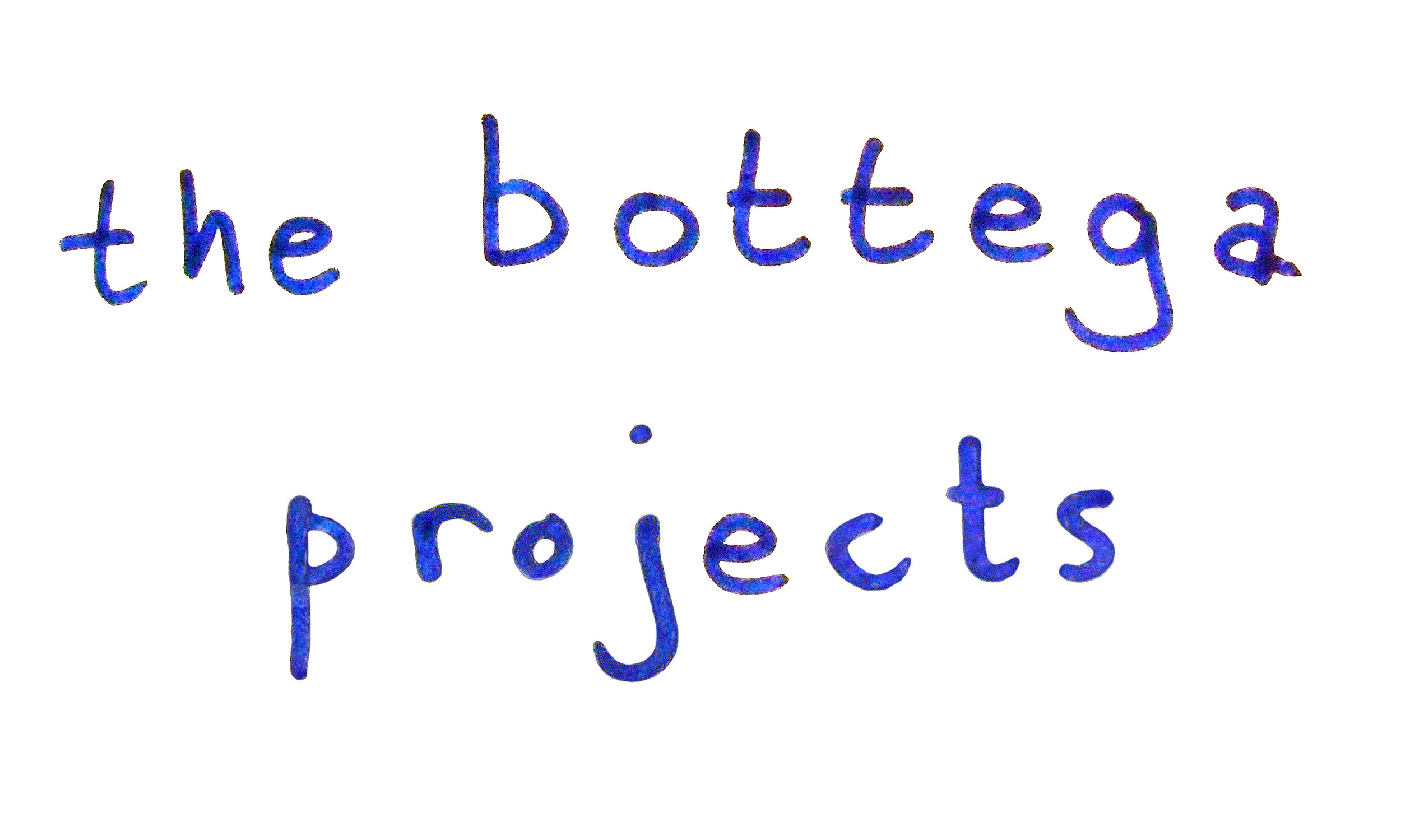Chicken Liver Pate
Pate di Fegato
In our courses, we often cite the chicken as a perfect example of use and resource. Historically, it was available in nearly every household and therefore affordable. Besides a meal, either roasted or “alla cacciatora,” chickens provide eggs as a food resource and a painting resource in egg tempera and eggshell ink, feathers for quill pens, and bones for both black and white pigments. Cennini describes all of these art materials in The Craftsman’s Handbook. It is a great example of how food and art resources are united in a sustainable, local, free range animal. In Italy, whether at the supermarket, at the butcher, or from a neighbor, the chicken is purchased with its head and feet and internal organs. While I don’t use the head and feet here (see rigaglie), I am very interested in the interiors like liver and heart. Besides being free, and they are the basis for one of the most luxurious dishes, pate di fegato. Local chickens are not as available as they once were and not very cheap. And, it should be noted, chicken was a luxury food in Cennini’s time (15th century), reserved for special occasions. While “supermarket” chicken is cheap, it is stripped of its interiors and other parts (head and feet) that remind us that it was an animal before being food. It likely was not a happy nor healthy animal either.
The other problem is with one chicken, you have one heart and one liver, not very much for a meal. I can buy just hearts and livers at my local supermarket-- there are about three livers and three hearts per package and it costs less than two dollars.
Pate di Fegato/ Chicken Liver Pate
Livers and hearts of three chickens, 300 gr.
One onion, diced
Butter 150 gr
Capers in vinegar , tablespoon or 50 gr
Anchovies in oil, 3 or 4, 50 gr
White wine vinegar 1 Tbs
Vin Santo, one cup+
Salt and black pepper
Sautee the onion in half the butter for a few minutes then add the livers and hearts. Cook down slowly until livers are cooked through, about 20 minutes, adding vin santo as necessary to prevent from burning. Remove from heat and let cool. Chop all finely on a large board together with capers and anchovies. Return this mince to the pan of cooked onions and add the vinegar, the rest of the butter, and the remaining vin santo as needed and cook for another 15 minutes. Adjust for salt and add plenty of black pepper. Serve warm or at room temperature on toasted homemade bread.
This is an appetizer or a meal, a warm hug in the dark months of winter--salty and buttery and sweet. This is an adaptation of a traditional Tuscan recipe, better than at any restaurant in Florence.
Drink a glass or two of Chianti.

